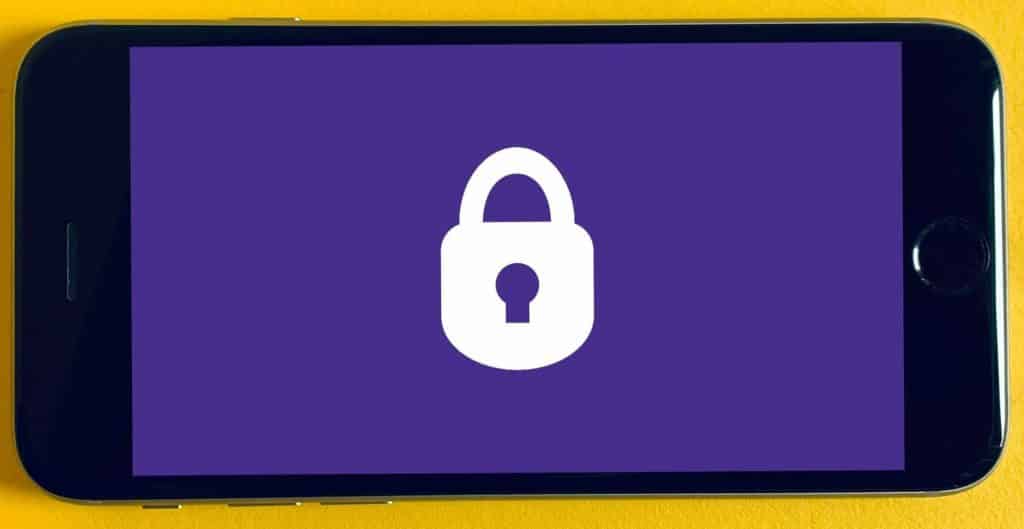
“Enter verification code” or “verify it’s you”. We’ve all been there…
You’ve gone in to log in to an account, typed in your username and password and clicked log in. Then a message pops up asking to prove who you are by sending a verification code to your mobile device.
It feels like an inconvenience sometimes, doesn’t it? But it’s actually one type of extra security measure called two-factor authentication (2fa) or two-step verification, as it’s also known.
Large-scale data breaches have drastically increased in recent years – in number and severity. Sadly, no business is immune, with around 65,000 attempts to hack small- to medium-sized businesses made in the UK every day, according to Hiscox.
Throw hackers’ evolving password-cracking techniques and weak passwords into the mix, and the security of username and password combinations has been made negligible.
That’s where 2fa comes in.
Enabling 2fa is one significant way to step-up your business’ security. Let’s take a closer look at what Two-Factor Authentication is, the benefits to your business and how to activate 2fa.
What is two-factor authentication?
2fa is a process that verifies that users are who they say they are when they’re trying to access a network or user account. It strengthens access security by requiring two methods – or authentication factors – to confirm your identity.
You’ve likely come across 2fa in your business or personal life already. For instance, when you’re prompted to provide the three digits on the back of your saved debit or credit card for online transactions.
That’s just one type of 2fa. There are three forms of authentication factors:
- What you know (i.e. username/password or PIN)
- What you have (i.e. smartphone or card reader)
- What you are (i.e. fingerprint or voice/face recognition)
2fa comes from any combination of two of these factors. A password and a security code sent to your mobile device or app are typically the most common.
Why should you use two-factor authentication?
As hackers continue to use increasingly sophisticated forms of attack, passwords are becoming less secure. Therefore, 2fa strengthens the security of your accounts, protecting your networks and business-critical data.
Here are 4 benefits of using 2fa for your business:
1. Improved security
2fa provides an extra layer of protection to your confidential accounts and networks. By requiring you to provide two proofs of identity, Two-Factor Authentication greatly decreases hackers’ chances of impersonating a user and accessing devices, accounts, and other sensitive data. Remember, a password is relatively easy for a cybercriminal to crack. The second authentication factor is not.
2. Simple and affordable
2fa is reasonably simple and inexpensive to set up and implement. It might require some staff training to get them on board, though. Remind your teams of the importance of keeping data secure and share blogs like this one to keep them informed. 2fa also lets users resolve some of their password issues themselves – reducing time-consuming password-reset calls.
3. Increased competitiveness
Data loss could lead to a loss of trust from your customers. As awareness grows about the risks of data breaches and exposing confidential information, customers are beginning to expect a high level of security from businesses that collect, process and store it. Therefore, using 2fa can be a selling point to customers, providing extra peace of mind.
4. Boost productivity
With more businesses now embracing an agile workforce, Two-Factor Authentication lets employees access all business data types easily and securely. Whether they need to access documents or networks, they can do so with much less risk to business data. It also increases flexibility, allowing multiple users to securely log on to a shared system or account wherever and whenever they’re working.
How do you enable 2fa?
Activating 2fa depends on the platforms, devices and websites your business uses.
You will need to go into the system preferences or settings of all your devices and online accounts to enable 2fa, where available. Many online accounts have 2fa ready to implement, including:
- Google Workspace
- Microsoft (including Skype and Office 365)
- Mailchimp
- Dropbox
- HubSpot
- Social platforms (Twitter, Facebook and Instagram etc.)
While the process of enabling 2fa is relatively simple (once you’ve found the page with the relevant settings), you can see how setting it up across your entire business can be a daunting process.
You may want to consider investing in a platform that offers 2fa solutions. JumpCloud, for example, can provide authentication across multiple areas of your business. Its identity management system activates and enables 2fa across different networks, accounts and devices – making the 2fa implementation process much simpler and securer.
For more advice about the most effective 2fa solution for your business, get in touch with the Helpfully team today.
